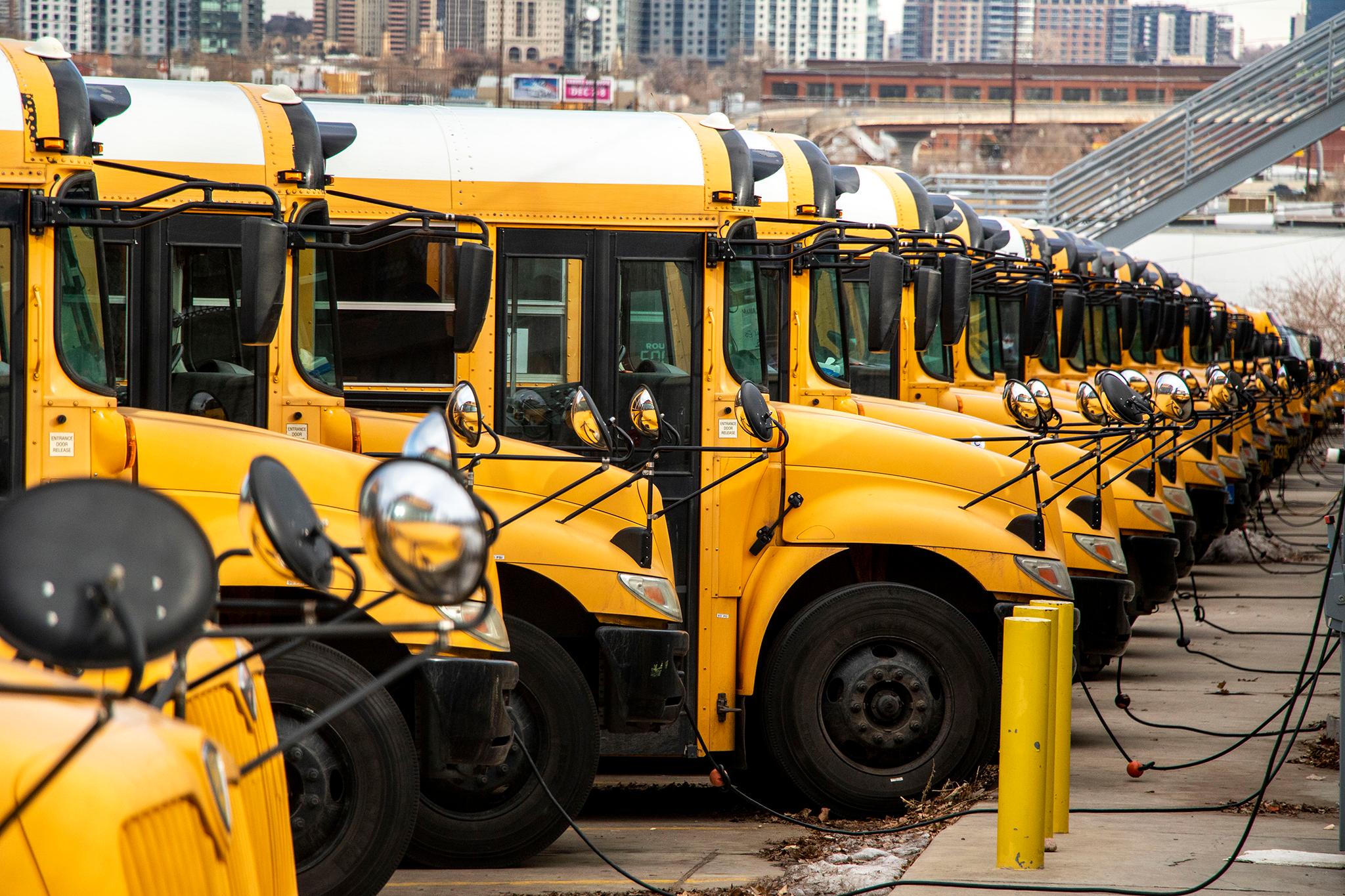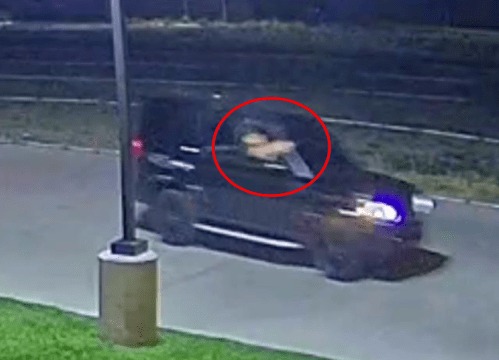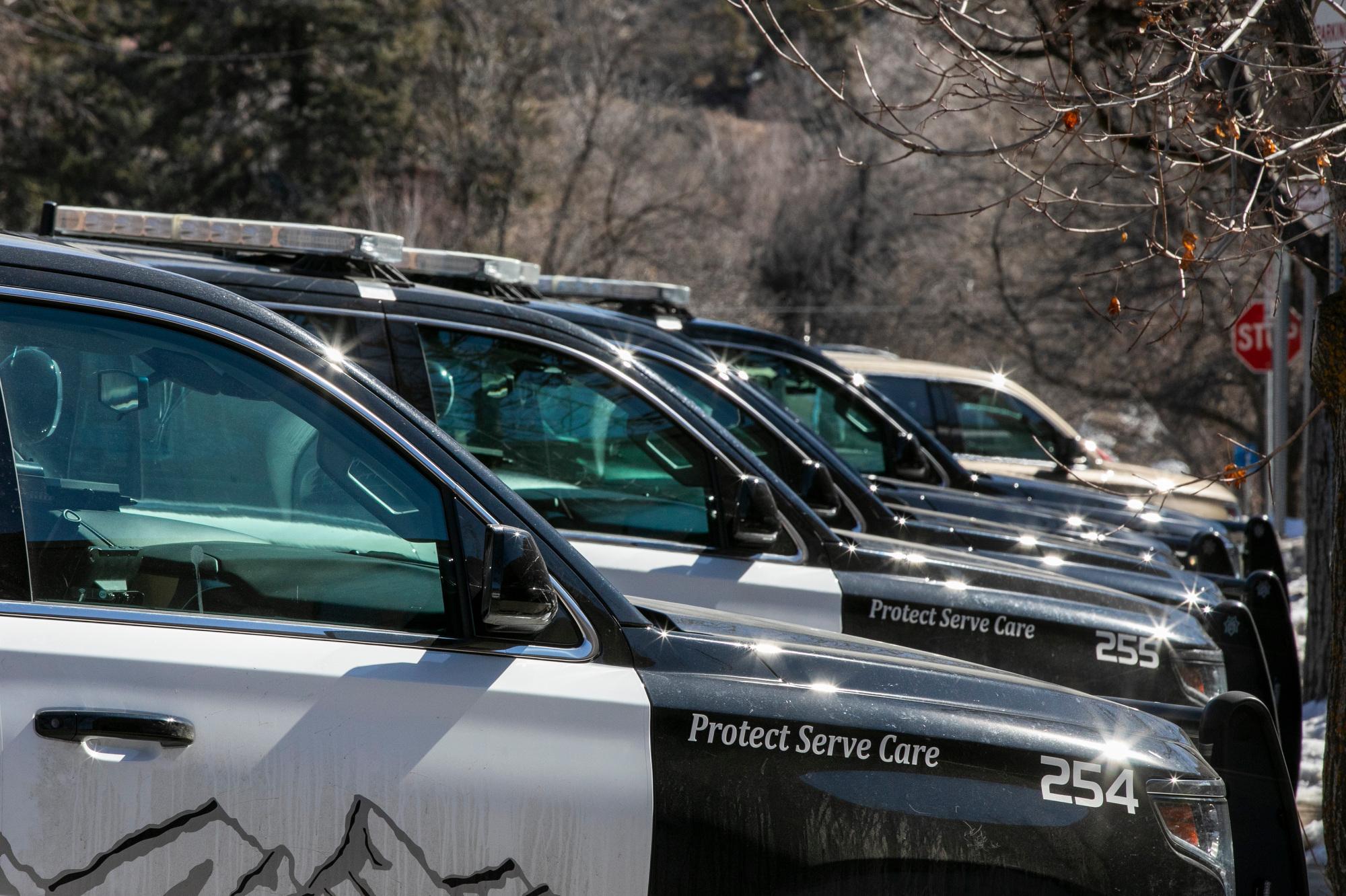
Some parents, teachers and school staff have expressed anxiety about the prospect of schools reopening. Among the most frequent concerns CPR News heard from people with ties to Denver Public Schools, in particular, is how things like art classes and cohorts will work; and how to make sure distance learning is equitable.
DPS will start the school year online and has pushed the start date to Aug. 24. There is no set start date for in-person learning, but some students could return as early as Tuesday, Sept. 8.
CPR News heard from hundreds of parents, teachers and staff around the state, and today we tackle questions and concerns specifically from the Denver community. We asked DPS to respond to these concerns and here is what the district advised:
How will Denver Public Schools ensure online learning is equitable?
Katie Payer of Denver said her kindergartener will attend a private school instead of a DPS school like she originally planned because the private school offered in-person classes. Children learn to read, socialize and other foundational life skills in kindergarten, and doing those things in person versus online is crucial, she said.
“When we think about what kindergarten is, it really sets the tone for how much a student may love or hate school moving forward for the next 12, 16 years of their school lives and we want to make sure that our child's experience in kindergarten sets a really positive tone,” Payer said.
She recognizes the privilege she has to pay for private education. But she said she is worried about the inequity other students and families face and how this will increase the education and opportunity gap.
COVID-19 has exacerbated the inequities in the DPS community, said Winna MacLaren, a spokeswoman for DPS.
By the end of the last school year, 90 percent of students had access to devices and 96 percent had Internet access. DPS will try to make sure that all of its students, including the ones who were left out last year, have internet access or devices like laptops this school year.
“We are also committed to do quality, rigorous remote learning for all of our students, as it’s likely we’ll need to return to this option during the school year in response to changing health conditions,” MacLaren said in a statement. “We learned a lot in the spring and have already made improvements. We’ll continue to fine-tune how to deliver a robust remote learning experience for all students.”
MacLaren said the district has determined that some students are high-priority and would return to school first in small groups. Those students could start in-person classes as early as Tuesday, Sept. 8. The curriculum has also has been updated to be more culturally responsive and inclusive.
District Superintendant Susana Cordova said parents should still consider the 100 percent virtual option through DPS even if they're waiting another year to enroll their children in school or if they'll have more support at home. The district has resources like mental health support and more.
"It's a great way to make sure that your child gets access to our state-required curriculum," Cordova said.
What will classrooms look like if and when in-person learning resumes? What will class sizes be capped at?
The state health department anticipates there will be coronavirus outbreaks in schools. Cohorts are a strategy the department recommended to districts to help limit the spread of the virus. You can learn more about what exactly cohorts are and if they’re the cure-all for school worries here.
"We're working really closely to determine the size of a cohort, which is different than the size of a class," Cordova said.
A cohort in an elementary school would likely be a students' elementary school class. In secondary education, though, a cohort might be a group of students who have one or two classes together, Cordova said.
Most secondary schools are looking at block schedules and will probably be a hybrid of in-person and remote learning. The district is doing everything it can to have elementary school students return in person every day, Cordova said.
The district is working with local health officials to determine how and when it's safe to have in-person classes. It's also looking into how students could complete their remote learning inside a DPS building.
Will teachers receive any training on how to manage remote learning or cohorts?
Staff will begin two weeks of training on Monday to prepare them for the school year with most of the focus on remote education.
"Our first area of emphasis with our teachers as we begin the first quarter with virtual instruction is on high-quality virtual programming," Cordova said. "We're starting the year with personal connections for all of our students and their teachers."
Remote learning will include regularly scheduled check-ins with teachers, parents and students, scheduled classes, office hours and small group instruction.
Some teachers have opted to work from their classrooms during the first quarter of the school year while others will work from home. Staff meetings will still be held virtually.
Cordova said the district will work on the protocols it will need to implement as it gets closer to resuming in-person learning.
How will arts and other classes with shared materials be managed?
Hayley Breden teaches social studies at South High School and said the district has done a lot of planning at the high school level for core subjects like math, English and science but she hasn’t seen as much information about art and music classes, which typically involves the sharing of supplies or instruments.
The district will still offer all of its electives but those classes will look different both virtually and in person. Cordova said all students should have their own materials. The district is raising funds to provide those supplies to families who may not be able to get them on their own.
"We won't be using communal materials because we want to make sure that kids keep their materials to themselves," she said. "There's less transfer or spread."
How can I set my student up for success?
Students should have a schedule “to have some predictability through daily routines that will support their learning,” MacLaren said. Families should also be open to new routines. A space dedicated to kids completing their school work is also recommended.








